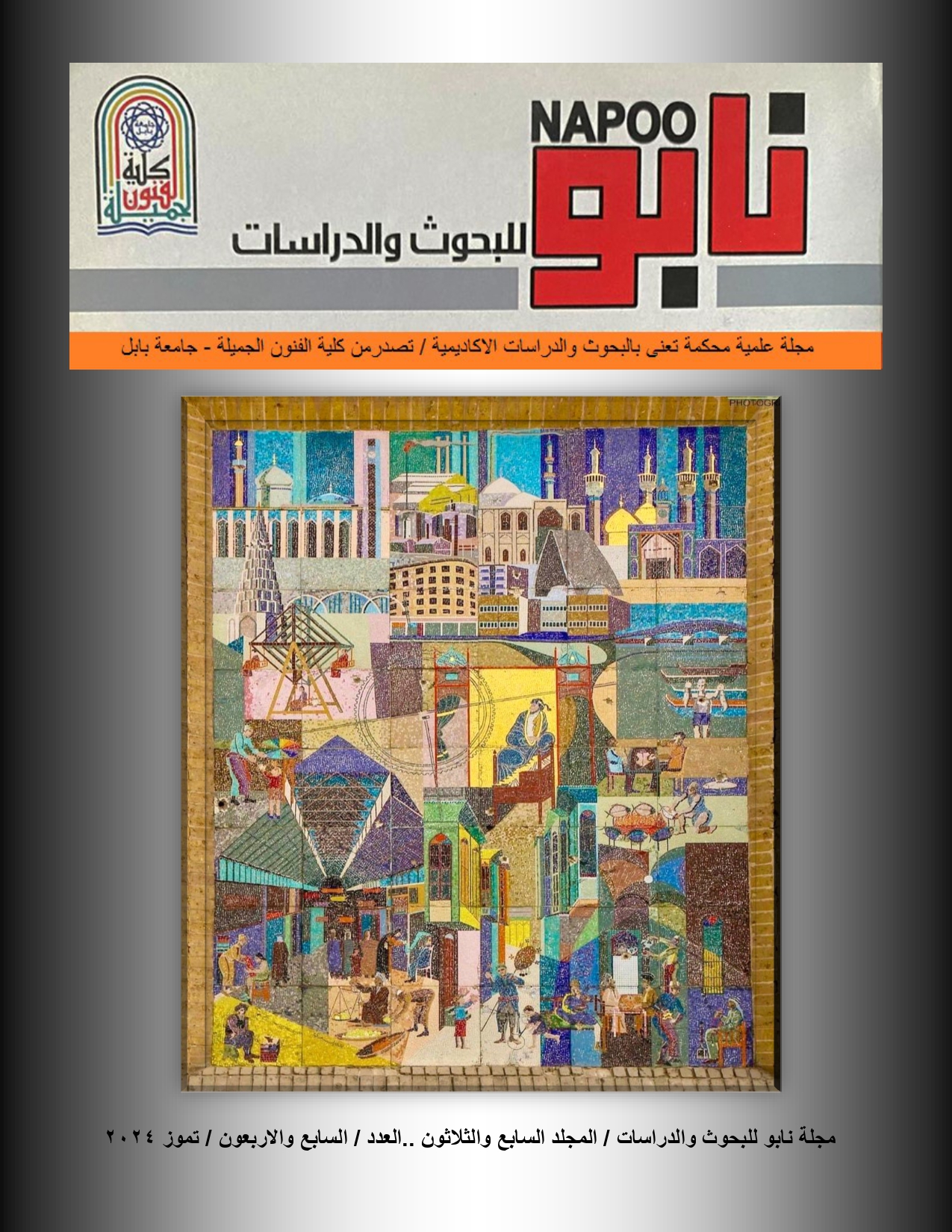الجحيم وتمثلاته في فن التصوير الاسلامي (مخطوطة معراجنامه التيمورية انموذجا)
Keywords:
الكلمات المفتاحية: (الجحيم – التمثلات – التصوير الاسلامي – معراجنامه)Abstract
Research Summary
The current research consists of four chapters, the first of which is concerned with explaining the research problem, which was determined by answering the following question: - What are the representations of hell in the miniatures of the Timurid Mirajnama manuscript?
The importance of the research and the need for it, then the goal of the research is to know the representations of hell in the art of Islamic painting through the depictions of the Timurid Mirajnama manuscript.
Then the limits of the search and definition of terms .
The second chapter included two sections: A- Hell in the holy prophetic journey of the Isra and Mi’raj, and the second topic: The holy journey of the Isra and Mi’raj in the art of Islamic photography.
Then the indicators that the theoretical framework concluded, and the third chapter included the research procedures represented by the research community, the research sample, the research tool, and the research methodology, then the analysis of the research sample of (5) examples of the miniatures of hell in the Timurid Mi’rajnameh manuscript.
The fourth chapter contains the research results, including :
- The Muslim artist depicted scenes of hell on dark backgrounds to give the flames of fire sparkle and awe. He painted the Prophet Muhammad (PBUH) with an uncovered face, a black beard, wearing a green dress and a white turban.
- Malik, the storehouse of fire, is depicted as a strange-looking monster with monster eyes, sharp fangs, and long nails, but the rest of his body resembles a human body, and he carries a rod or a metal hammer.
The conclusions include;
- The Muslim artist depicts sinners in Hell naked to the middle of their bodies, and depicts women with long hair that covers their chests and hides their breasts in order to avoid showing what is required of the bodies of men and women to be covered in the Islamic faith.
- As well as recommendations, suggestions, an index of research sources, and a summary of the research in English




